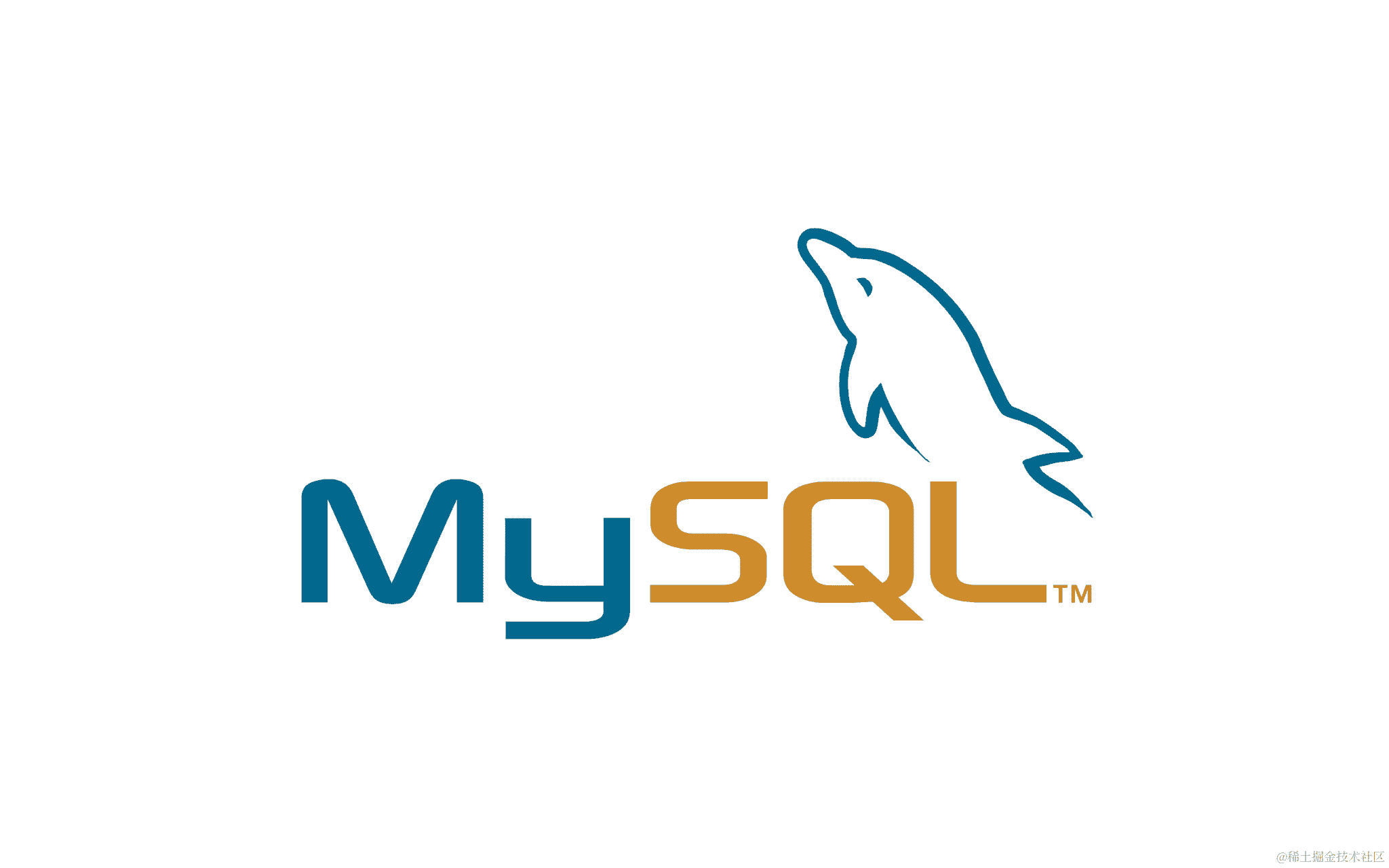Vue3 开发心得与实用技巧
2023-09-11 19:46:07
在使用 Vue3 开发了几个项目后,我积累了一些心得和技巧,希望与大家分享。
1. 响应式数据 reactive 使用时的注意事项
在 Vue3 中,我们可以使用 reactive() 函数将普通对象转换为响应式对象。需要注意的是,reactive() 函数只能对对象进行转换,不能对数组进行转换。如果我们需要对数组进行响应式转换,可以使用 ref() 函数。
此外,reactive() 函数只能转换对象本身,不能转换对象中的嵌套对象。如果我们需要转换嵌套对象,可以使用 toRefs() 函数。
2. 全局组件封装及调用
在 Vue3 中,我们可以使用 defineComponent() 函数定义全局组件。全局组件可以被任何其他组件调用。
定义全局组件时,我们需要在组件选项中指定 name 属性。name 属性的值就是组件的名称,在其他组件中调用全局组件时,需要使用这个名称。
例如,我们可以定义一个名为 MyGlobalComponent 的全局组件:
import { defineComponent } from 'vue'
export default defineComponent({
name: 'MyGlobalComponent',
template: '<p>This is a global component.</p>'
})
然后,我们可以在其他组件中调用这个全局组件:
<template>
<MyGlobalComponent />
</template>
<script>
import MyGlobalComponent from './MyGlobalComponent.vue'
export default {
components: {
MyGlobalComponent
}
}
</script>
3. vue-router4 及 vue-router3 使用时的小技巧
在 Vue3 中,我们可以使用 vue-router4 或 vue-router3 来管理路由。
vue-router4 是 Vue3 的官方路由库,它提供了许多强大的功能,例如嵌套路由、动态路由、路由守卫等。
vue-router3 是一个社区维护的路由库,它与 vue-router4 非常相似,但它更加轻量级,更易于使用。
在使用 vue-router4 或 vue-router3 时,我们可以使用一些小技巧来提高开发效率。
例如,我们可以使用路由别名来简化路由路径。路由别名可以让我们使用一个更短的路径来访问同一个路由。
import { createRouter, createWebHistory } from 'vue-router'
const router = createRouter({
history: createWebHistory(),
routes: [
{
path: '/home',
component: Home
},
{
path: '/about',
component: About,
alias: '/a'
}
]
})
现在,我们可以使用 /about 或 /a 来访问 About 组件。
以上就是我使用 Vue3 开发项目时积累的一些心得和技巧。希望对大家有所帮助。



